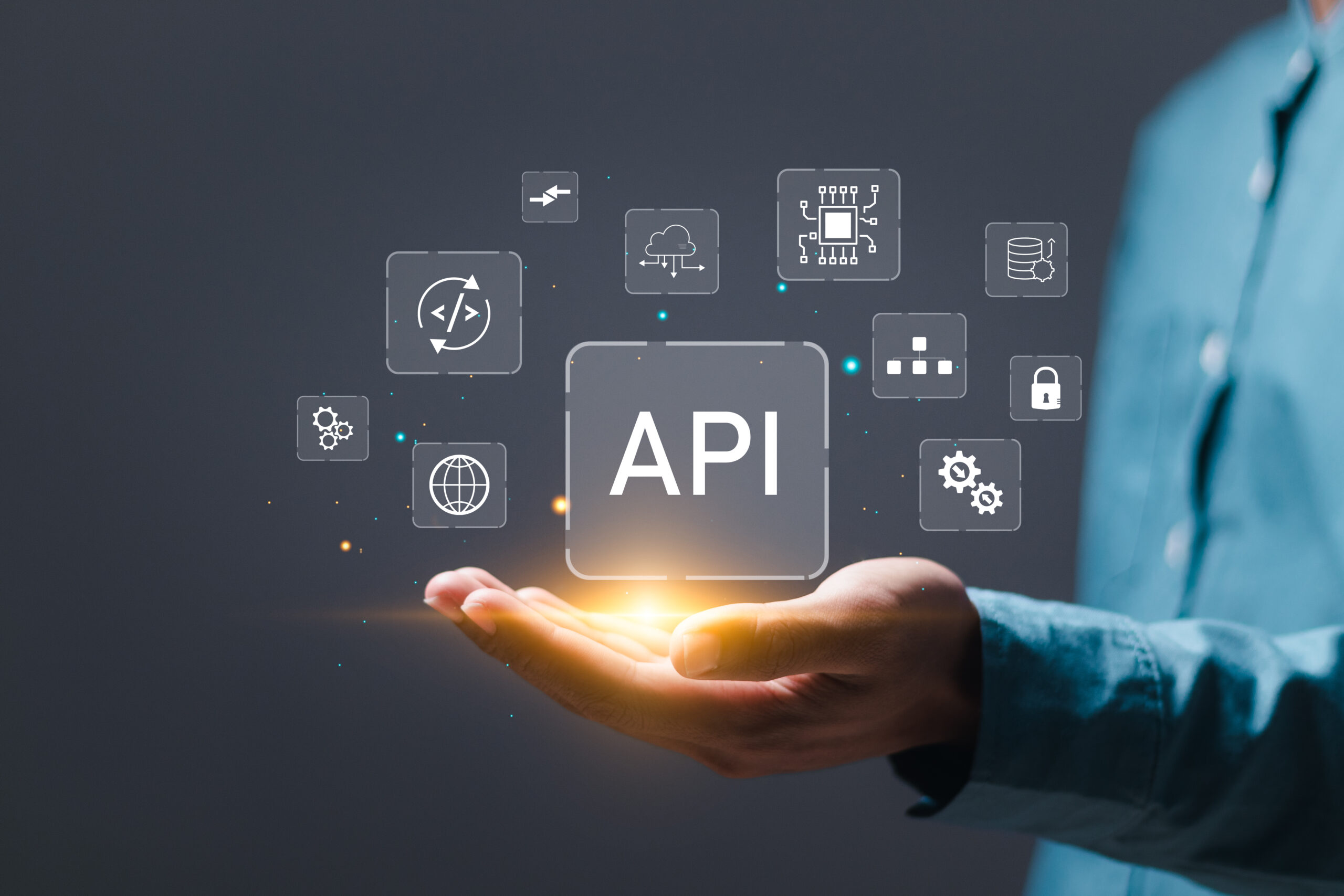*This article is an English translation of a Japanese article.
Web accessibility aims to ensure that all users, including those with disabilities, can access and interact with web content and services. APIs (Application Programming Interfaces) play a crucial role in making websites more accessible by facilitating interactions between web applications and assistive technologies. In this article, we will explore how APIs can improve web accessibility and how developers can utilize them effectively. This guide is especially useful for web developers, designers, product managers, and anyone interested in accessibility.
The Relationship Between APIs and Accessibility
APIs enable different software systems or services to interact and share data, which is essential for ensuring web accessibility. By leveraging APIs, web applications can smoothly communicate with various devices and assistive technologies, improving accessibility for users with visual, auditory, physical, or cognitive disabilities.
Example: Integrating with Screen Readers
Screen readers are tools that convert text displayed on the screen into speech, helping visually impaired users navigate websites. When a web page is properly structured and APIs are used correctly, screen readers can accurately convey the information to users. The ARIA (Accessible Rich Internet Applications) API is a technology designed to make interactive web content accessible by enhancing how screen readers interact with it.
Supporting Keyboard Navigation
Many users rely on keyboards rather than a mouse to navigate websites. APIs help developers support keyboard navigation by setting properties like tabindex and managing focus through API interactions. This ensures that users can access all interactive elements on the page using only their keyboard.
Best Practices for Accessible Design Using APIs
1. Utilizing WAI-ARIA
WAI-ARIA (Web Accessibility Initiative – Accessible Rich Internet Applications) is an API specifically designed to make interactive web applications accessible to assistive technologies like screen readers. By using important ARIA attributes, developers can provide crucial information to users:
- aria-label: Provides a label for elements that are not visible on the screen.
- aria-hidden: Hides elements from screen readers.
- aria-live: Announces dynamically updated content to users.
2. Leveraging Speech Control and Synthesis APIs
Text-to-speech APIs allow web applications to convert text into speech, which benefits users with visual impairments or literacy challenges. The Web Speech API is a standard that supports speech recognition and synthesis in browsers, enabling users to control web applications with voice commands and hear content read aloud.
3. Providing Keyboard Shortcuts
APIs allow developers to implement customizable keyboard shortcuts, improving accessibility for users with physical disabilities. For instance, using the JavaScript EventListener API, developers can detect keyboard events and trigger specific actions, making it easier for users to navigate the site without relying on a mouse.
Case Studies of Accessibility API Implementation
1. Google Maps API and Accessibility
Google Maps uses APIs to provide map data, and in recent years, they have enhanced accessibility. Features like voice guidance and visual emphasis make the app more user-friendly for people with visual or auditory impairments. Wheelchair-accessible route options and public transport accessibility information are also integrated, leveraging API-driven data.
2. YouTube API and Captioning
YouTube’s API allows for the integration of automatic and custom captions, making videos accessible to users with hearing impairments. By using the API, developers can add accurate captions to their content, improving the user experience for a wider audience.
How APIs Improve Web Accessibility
By effectively utilizing APIs, web developers can greatly enhance the accessibility of their websites and applications. Key benefits include:
- Real-time feedback: APIs allow for real-time user interaction, such as dynamic content updates or form validations, providing immediate feedback to users.
- Customizable interfaces: APIs offer flexibility, enabling users to customize their interface to meet their needs, improving accessibility.
- Consistent user experience: APIs ensure that the same user experience is delivered across different devices and assistive technologies.
Conclusion
APIs are instrumental in improving web accessibility. By using tools like screen reader support, keyboard navigation APIs, and speech synthesis technologies such as WAI-ARIA and Web Speech API, developers can make web content accessible to all users. Real-world examples like Google Maps and YouTube show how APIs enhance accessibility for millions of users. Developers and designers who understand and effectively use APIs can build more inclusive, accessible web experiences.
Enhancing web accessibility through APIs ensures that all users can engage with web content equally. Make the most of these tools to create accessible, user-friendly websites and applications for everyone.
We have released the UUU Web Accessibility Widget Tool, designed to make web accessibility easy to implement. This tool helps improve the accessibility of websites quickly and efficiently, even without specialized knowledge.
If you’re interested in enhancing your website’s accessibility, please check out the details. We are here to support you in making your website more user-friendly and accessible to a wider audience.
